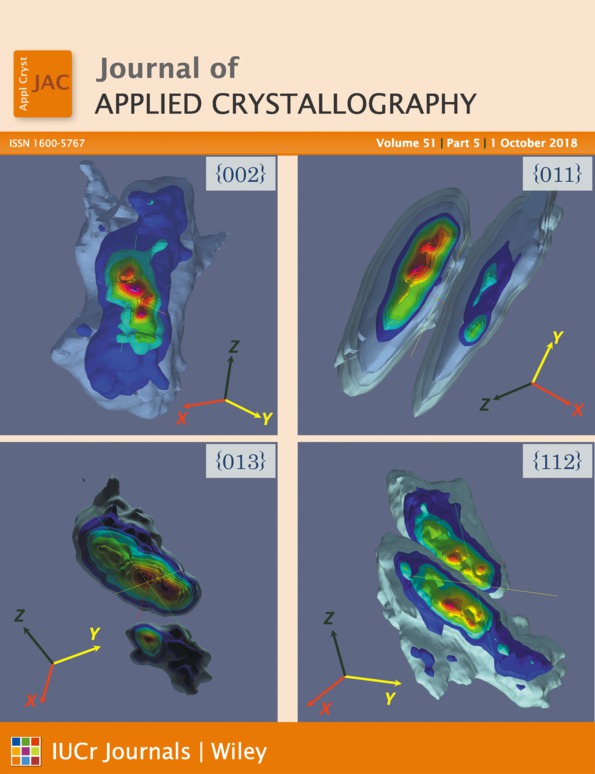Differential evolution and Markov chain Monte Carlo analyses of layer disorder in nanosheet ensembles using total scattering
Abstract
Assemblies of nanosheets are often characterized by extensive layer-position disorder. Coupled with the often minute coherent scattering domain size and relaxation of the nanosheet structure itself, unambiguous interpretation of X-ray and neutron scattering data from such materials is non-trivial. This work demonstrates a general approach towards refinement of layer-disorder information from atomic pair distribution function (PDF) data for materials that span the gap between turbostratism and ordered stacking arrangements. X-ray total scattering data typical of a modern rapid-acquisition PDF instrument are simulated for a hypothetical graphene-like structure using the program DIFFaX, from which atomic PDFs are extracted. Small 1 × 1 × 20 supercell models representing the stacking of discrete layer types are combined to model a continuous distribution of layer-position disorder. Models optimized using the differential evolution algorithm demonstrate improved fit quality over 75 Å when a single mean layer-type model is replaced with a constrained 31-layer-type model. Posterior distribution analyses using the Markov chain Monte Carlo algorithm demonstrate that the influence of layer disorder and finite particle size are correlated. However, the refined mean stacking vectors match well with the generative parameter set.




